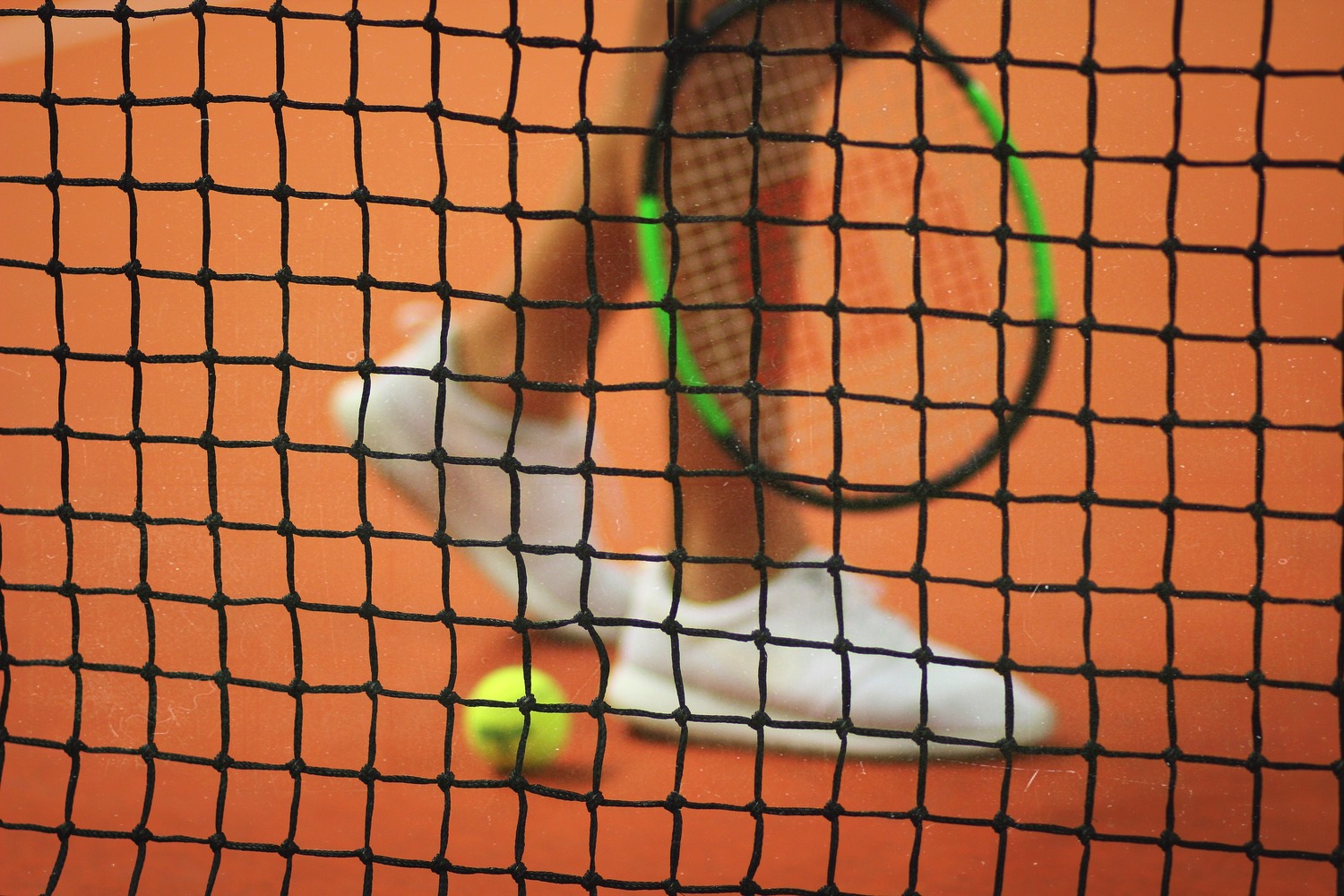Wimbledon’s innovative technology for accessibility


At IA Labs, we believe that technology is the greatest enabler for people with disabilities. Technology has significantly changed the way people interact with the world, opening up many possibilities and paths, but despite the advancements, some barriers remain.
In the case of stadium shows and sport competitions, several solutions already exist. Audio commentary, for example, has been a staple of accessibility in sports for a long time, but for people with low vision other options were sorely limited. A more modern take is Virtual Reality (VR) headsets that retransmit images from nearby TV cameras. The hardware was developed by GiveVision, a tech company focused on vision aids for partially sighted people. However, due to constraints in signal transmission distance, headsets were only available in sitting areas near the transmitter box, which in turn put a limit on the number offered to the public.
Wimbledon was a pioneer in the use of this technology for their prestigious championships and planned on improving it. As part of this goal, they collaborated with Vodafone, who started providing a 5G network for the headsets. This high-speed internet allows for a faster livestream compared with regular broadcasting. This way, users can be part of the public’s immediate reaction, instead of having to wait for the narration.
There is a wide diversity in visual impairments. For this reason, the VR headsets were designed to admit several possible adjustments, particularly around focus, brightness, contrast, and zooming to fit specific needs. Cones and rods, the cells in the eye that perceive light, are stimulated, and this allows for more accurate perception of an event, including the surrounding public.
The new lack of distance restrictions allows headset users to sit anywhere in the stadium, offering them the freedom to select their seats and stay with their friends and family. The headset also gives people with visual impairments the possibility of discussing their ideas and opinions about the match coming from first-hand experience, rather than second-hand narration.
The trial run for the 5G-powered headsets involved visually impaired tennis fans; the 5G network allows for ultra-high speed and low latency rates with barely any infrastructure changes, which completely changes the game for stadium accessibility. The test had an overwhelmingly positive wave of feedback, something that will play in the headsets’ favour for other tournaments and even the upcoming 2024 Olympic Games in Paris.
The constant advance of technology progresses the ultimate goal of making sporting events more accessible for everyone, and it is a central force in enabling equality for people across all areas of life. This application to tennis events has the potential to spread to other sports, but also to different shows like theatre, exhibitions, galleries, or museums, making them more accessible to people with low vision.
Wimbledon’s initiative is scoring points in accessibility and opening a path for more sports events to follow!